

On 13 June, Peugeot will unveil the sporty version of its electric 208, which we imagine will be called the e-GTI. The unveiling will take place during the 24 Hours of Le Mans, in which two 9X8s will be competing for the third time. The e-208 GTI is expected to feature the same EV powertrain as its Alfa Romeo, Lancia and Abarth cousins, with no less than 280 hp. The former management had put a stop to the PSE sports car line, including the development of the e-208 PSE shown below.

With Alain Favey taking the helm at Peugeot, it seems that the noose is gradually loosening and smiles are returning both at Peugeot and at Stellantis, as we await the first measures from the big boss Antonio Filosa. The next Peugeot e-208 GTI will therefore draw on a legendary name from the 1980s to revive a competition (205 GTI, Golf GTI and R5 Alpine Turbo) that delighted fans of sporty hot hatches.
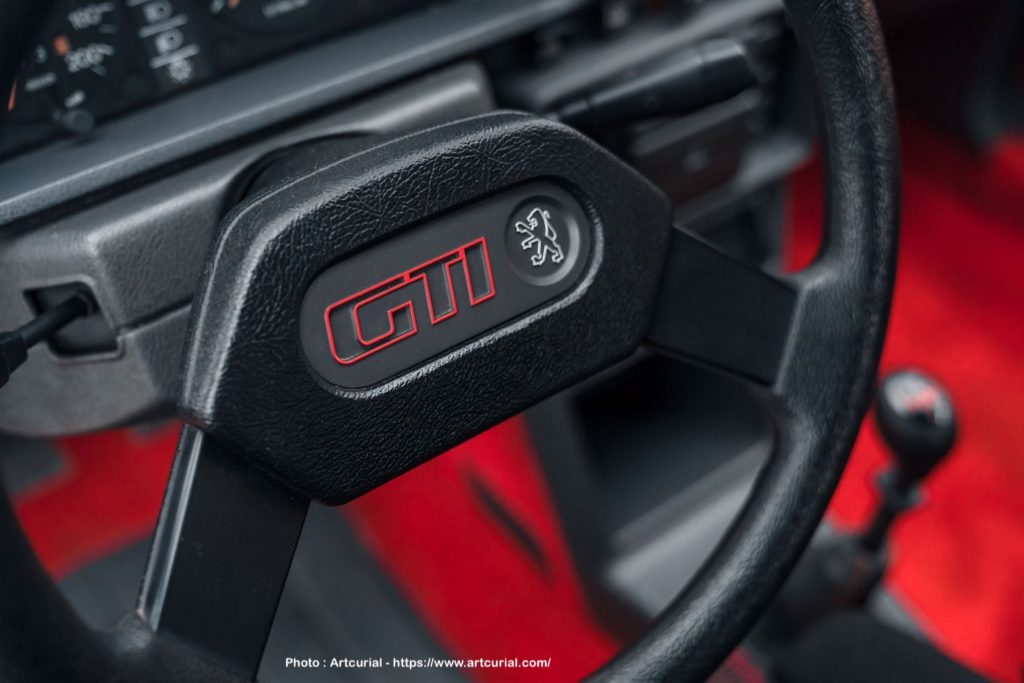
The context has changed, and now it is with batteries that the Peugeot e-208 GTI, VW ID2.GTI and Alpine A290 will reignite the battle in memory of their ancestors. Let’s take a look back at the birth of the original 205 GTI, and to do so, at the birth of the 205. We’ll leave it to the chicken experts (‘which came first, the chicken or the egg?’) to debate whether it was the 205 GTI that put the 205 on the road to success, or whether it was the 205 that gave birth to the GTI legend and made it the success we know today…
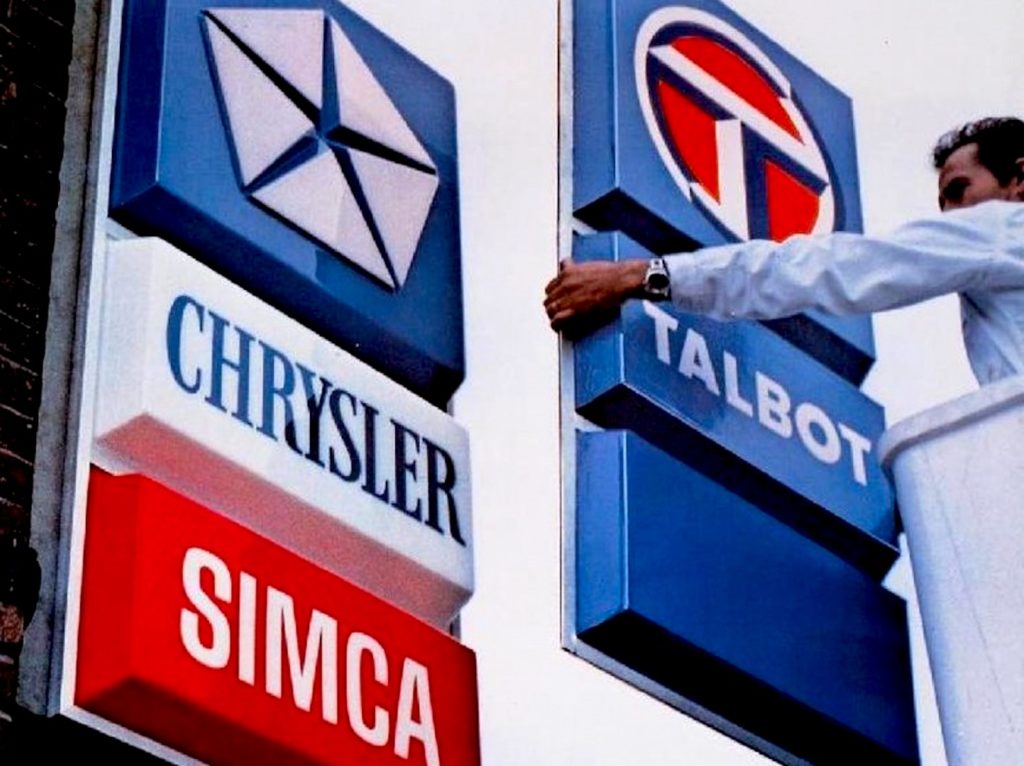
As always with great stories, you have to put them in context and change the setting. We need to go back to the late 1970s, when the M24 programme, which would give rise to the 205 in 1983, was launched. The thirty glorious years had just come to a painful end with an oil crisis that reshuffled the deck. Peugeot was struggling with a previous appetite that made it feel nauseous: Simca, Chrysler Europe and then Talbot remained in everyone’s memory. By trying to swallow up these brands or revive Talbot, the PSA Group, born in the mid-1970s, was on the verge of disaster.
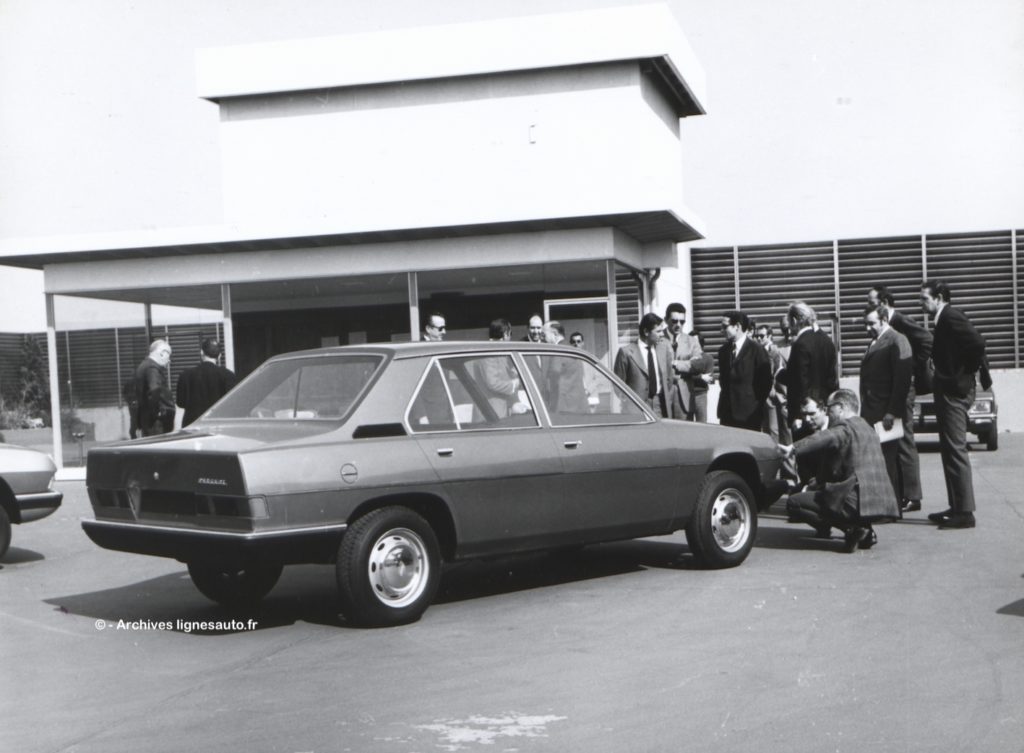
It is not often mentioned, but there is one programme that is partly responsible for this situation: the ‘J’ project mentioned above. Conceived in the late 1960s, it was intended to replace the 404 while appealing to customers of the newly launched 304. With this project, Peugeot embarked on the idea of sharing a new platform for different body styles based on the ‘J’ saloon, with a station wagon, a coupé, a convertible and even a pick-up. However, Gérard Welter told me when I was writing his book that ‘we designed it directly on the basis of the 304 and not the “J” project. But it could easily have been part of the “J” family if it had finally seen the light of day.’ One of the three proposals for the ‘J’ coupé by Gérard Welter’s team is shown below.
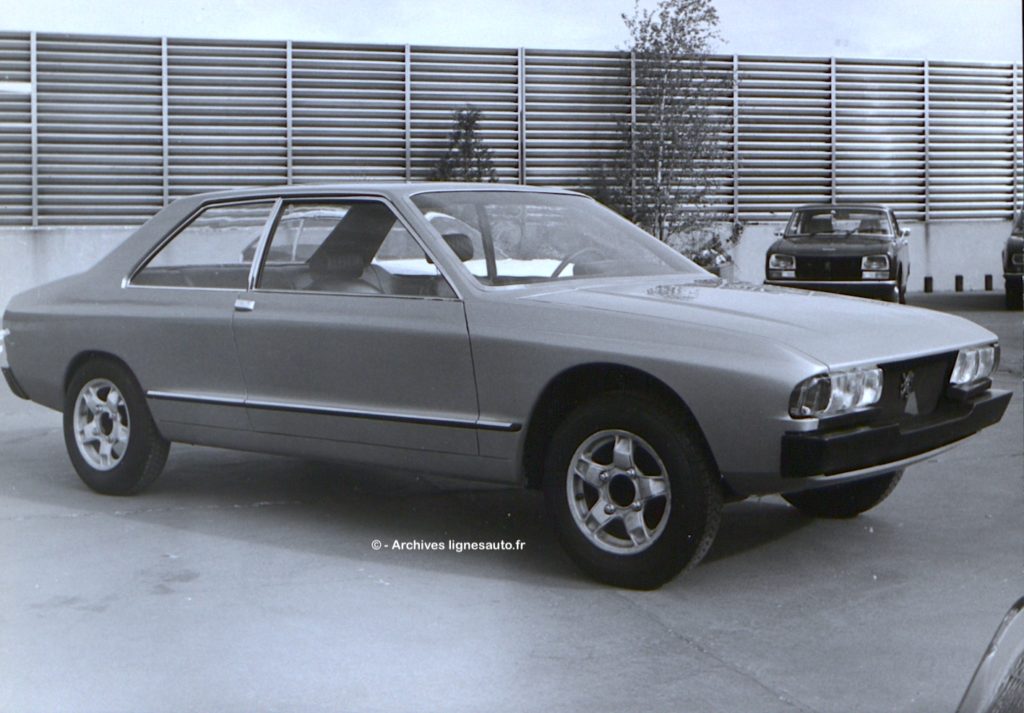
The platform in question is brand new and accommodates two architectures: front-wheel drive at the launch of the programme (*see end of this post) and later front-wheel drive and rear-wheel drive, with a transverse or longitudinal engine depending on the architecture chosen. With enough engines to satisfy the widest possible customer base. This ‘J’ project was abandoned after lengthy studies during the 1970s.
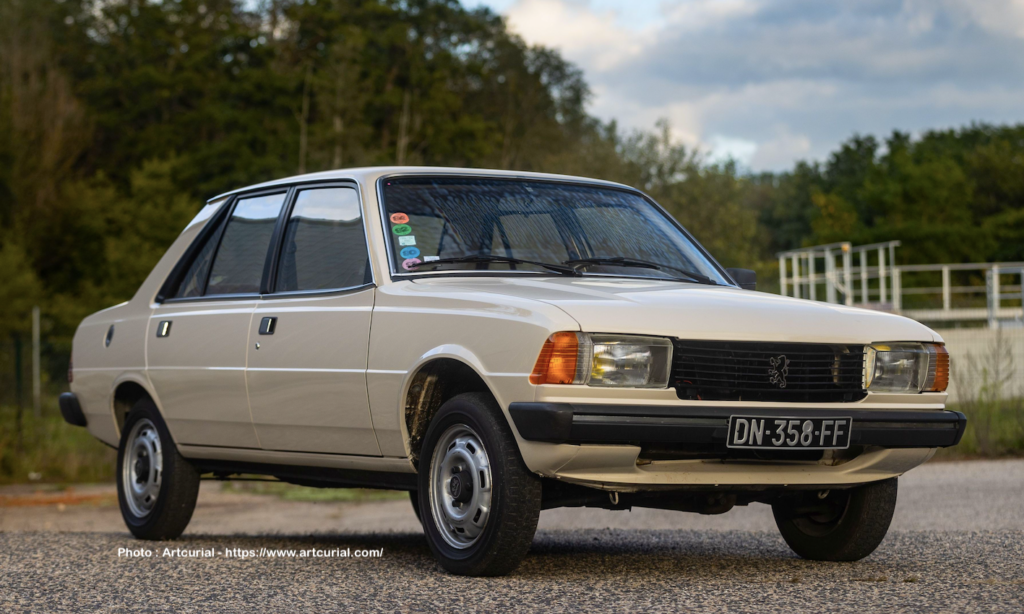
In the end, it was a 305, based on the slightly modified 304 platform, that was launched in 1977. For this 305, Peugeot’s design team tried out several different silhouettes, including this fastback hatchback below, which was not selected. 1977 was the year when the M24 programme for the future 205 took shape, one year after the death of Francis Rougé, chairman of Peugeot’s executive board.
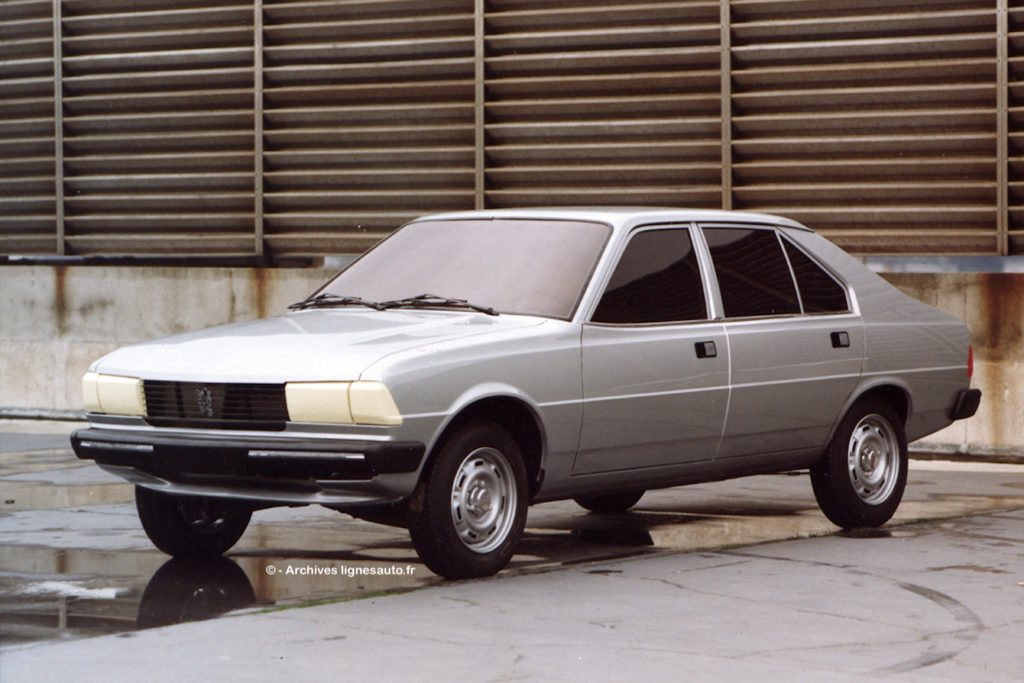
Jean-Paul Parayre took over as head of the PSA Group, founded in 1974 and officially recognised in 1976, in 1977 and remained in the role until 1984. It was therefore under his management that the two products that would save the privately-owned group were created: the Citroën BX and the Peugeot 205. However, the 205 project was launched when Peugeot’s coffers were virtually empty…
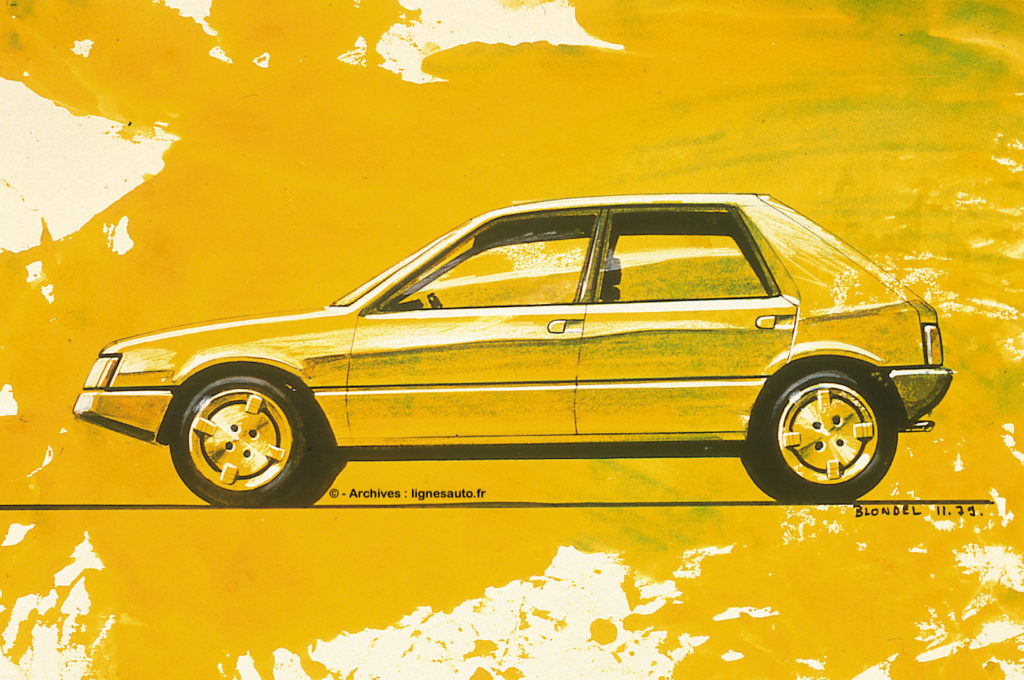
Behind the scenes, in the technical departments, urgent matters needed to be addressed. Citroën was the first to be rescued from its predicament. Peugeot was not pleased… Between 1974 and 1976, the PSA Group’s technical department worked on a small Citroën designed to fill the segment where the 2CV was becoming outdated, even though it was still much loved. The result was the Citroën LN below, which embodied everything that should not be done: almost everything on the outside was shared with the Peugeot 104 coupé, while everything hidden underneath was different, with the chevron brand’s twin-cylinder engine replacing the four-cylinder unit under the bonnet.
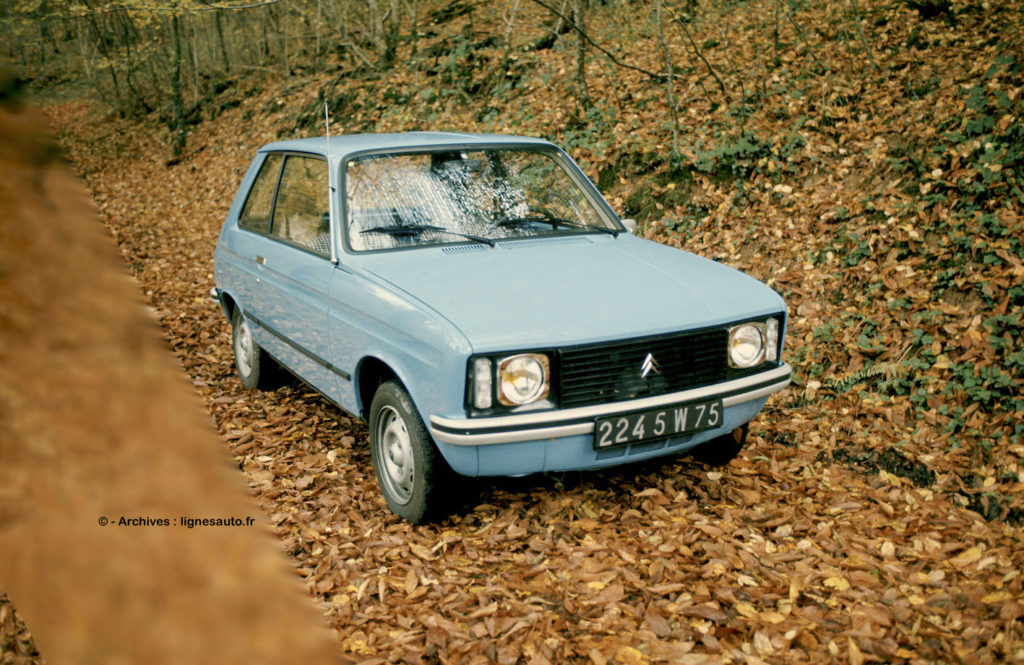
It was necessary to act quickly because, despite the introduction of the CX in 1974, the Citroën network was waiting for a small car capable of competing with its cousin, the 104, and especially the Renault 5, both of which were launched in 1972. Noteworthy information: the PSA Group therefore began learning about sharing parts between its two brands (Citroën and Peugeot) by making radical choices, simpler with the LN, no doubt scarred by the complicated and expensive specifications of the ‘J’ project. However, the process was not entirely successful, as was evident when the Citroën LN, in order to increase its market offering, reverted to the original four-cylinder engine from the 104 coupé. The front end had been so extensively modified to accommodate the twin-cylinder engine that the four-cylinder engine no longer fit! A joke that was no laughing matter…
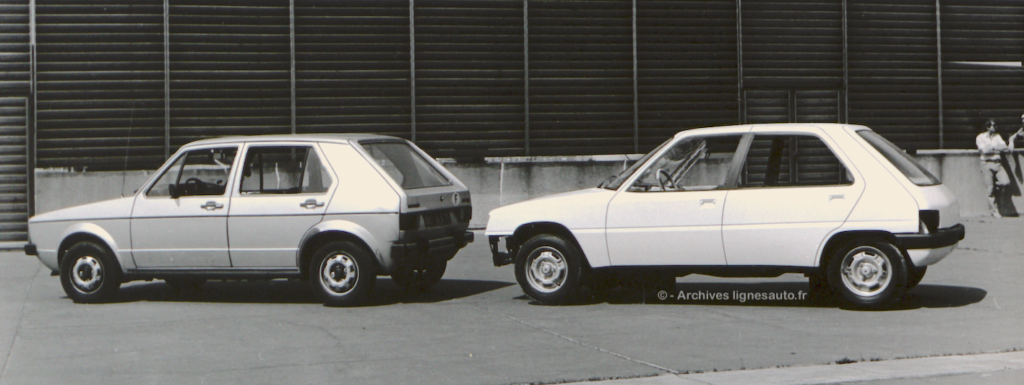
And what about the 205, you might ask? Well, it benefited from all this experience to develop its specifications, which did not include ‘big’ engines in its front end. And so, the 205 GTI was not originally part of the M24 programme. What happened to make the miracle of the ‘205 GTI’ finally happen? Gérard Welter shared some information with me about this period that explains this turnaround.
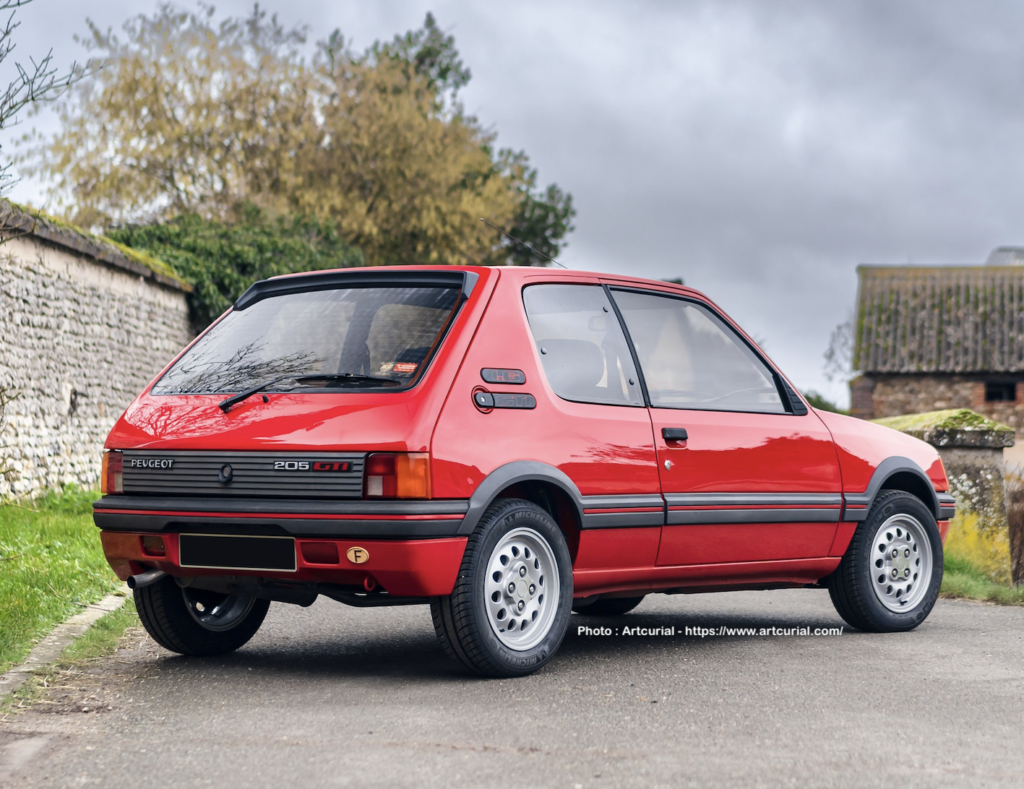
The GTI was therefore first and foremost a 205. And the latter was the first Peugeot to win the duel with consultant Pininfarina hands down. ‘When we found ourselves competing for this M24 project,’ Welter told me, ‘everything came together for the first time to ensure we would emerge victorious!’ A pretty little saloon car is all well and good, but to imagine it as a sports car just one year after its launch was unthinkable at the time…
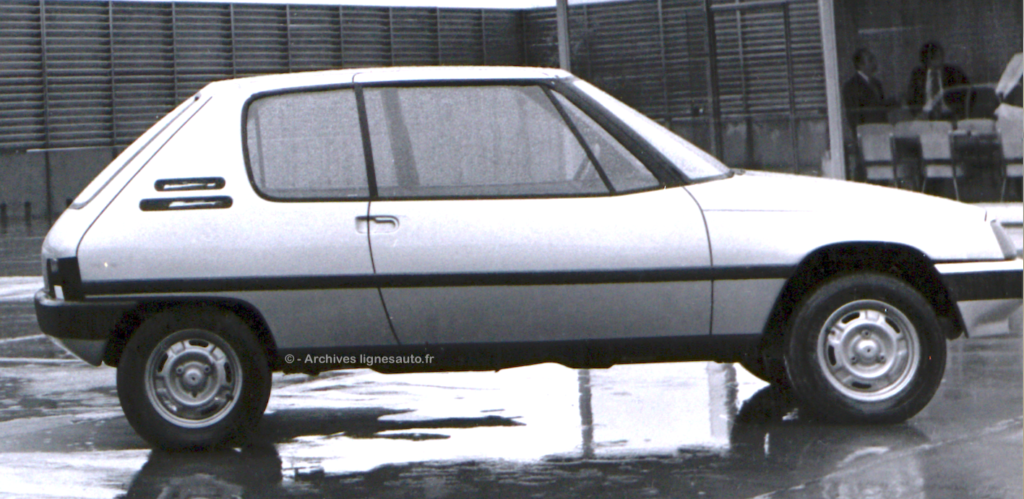
The late Peugeot style director told me that “the GTI evolution was a gamble. First, there was the three-door model with its very distinctive rear quarter design (above, early sketches of the three-door silhouette). When they saw this version, the sales team insisted on having a decorative element on the panel. So we designed some trim pieces and even incorporated the fuel filler cap into one of them. This solution wasn’t easy to implement because, in production, everything had to be perfectly aligned, which was no simple task!” There you have it: a place for a future legendary logo!
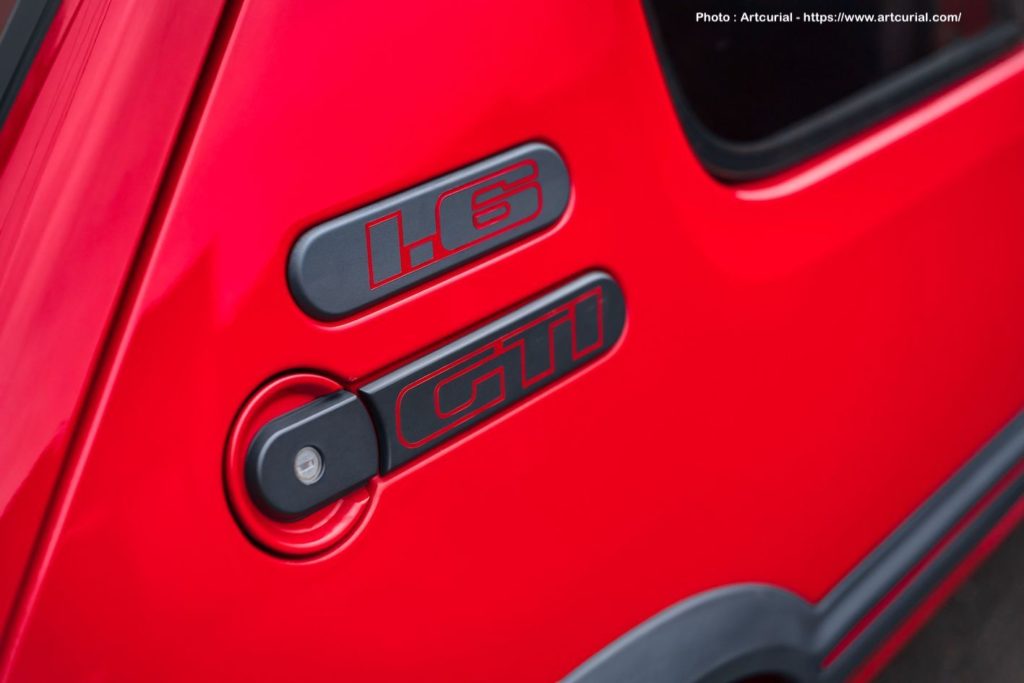
“The GTI was not designed by stylists, but by… Sochaux. Peugeot needed a flagship car to complement the many models already in the pipeline (including diesel versions, NDA). We wanted a more powerful car that could compete with all the Golf variants, and this desire was supported at the time by Bruno de Guibert, who was working in Sochaux. In terms of style, we designed a slightly flashy car with a red interior. Paul Bracq’s team was responsible for the GTI’s interior, with the Golf GTI as their benchmark. It was a success from the moment it went on sale! We succeeded in our challenge to beat the Golf, proving that anything is possible!“
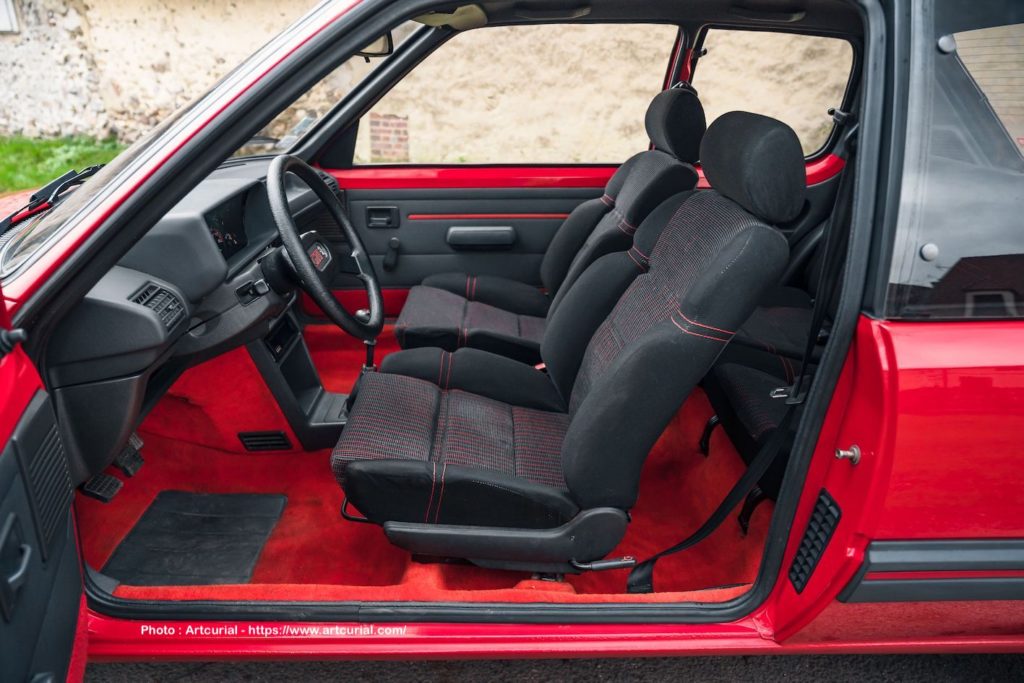
However, the 205 did not come about spontaneously, as it was originally based on fairly standard specifications. “We didn’t have the means to invest given the company’s economic situation. We simply had to reuse the Peugeot 104 platform. It was disastrous because we ended up with a major handicap in terms of the architecture provided by the design office. By using the 104 platform, we inherited the emergency road layout under the bonnet.” In other words, there was absolutely no room for the future GTI engine under this cluttered bonnet.
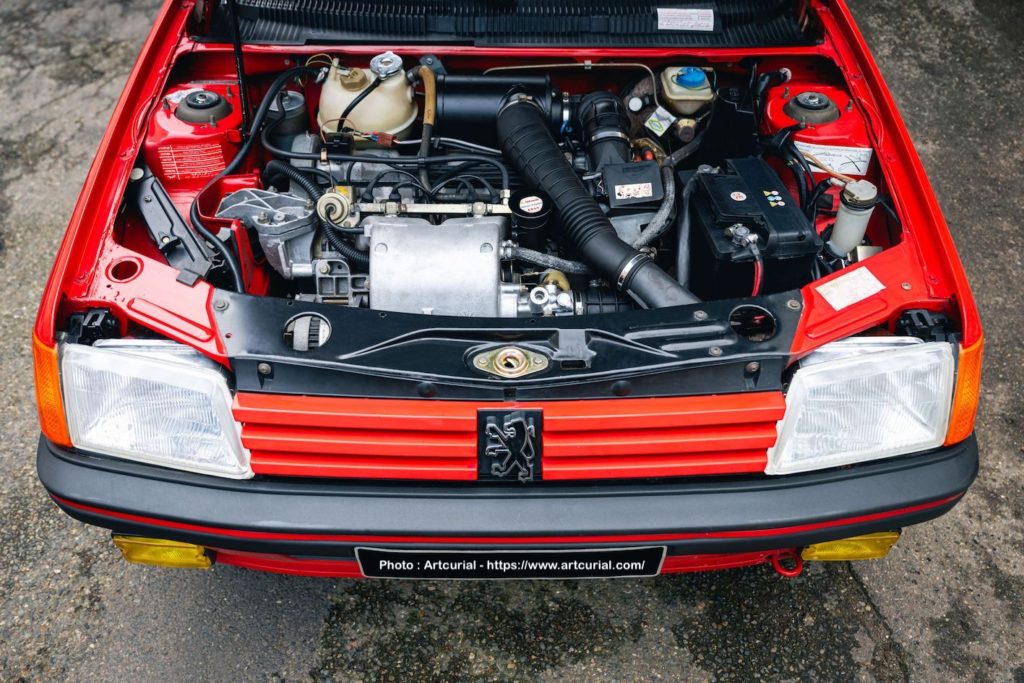
Gérard Welter then organised a meeting that changed everything: “Here we are, designing badly shaped cars because of this spare wheel. The only consolation we had was that Pininfarina had been given the same specifications, and their proposals were facing the same constraints as ours. One day, I got really angry – and when Welter got angry, the walls shook! – and I protested to the engineer in charge of the project. I explained that we couldn’t possibly create the long-awaited car with such a design. My response was met with equal fervour and the discussion became rather heated…“

“So I rushed to the design office and, with a few lines drawn in black tape, I sketched a silhouette on a large plan, which I used to explain the advantages of lowering the bonnet and changing the position of the spare wheel. With this architecture, I could draw lower window lines and achieve much better proportions. That’s when it clicked, when Forichon, the technical boss, stepped in. He had just replaced Boschetti and was listening carefully to everything I was demonstrating with my full-scale plan. And in one fell swoop, he closed the subject by saying clearly: “Gérard is right, let’s do what he says, put that spare wheel in the back!”
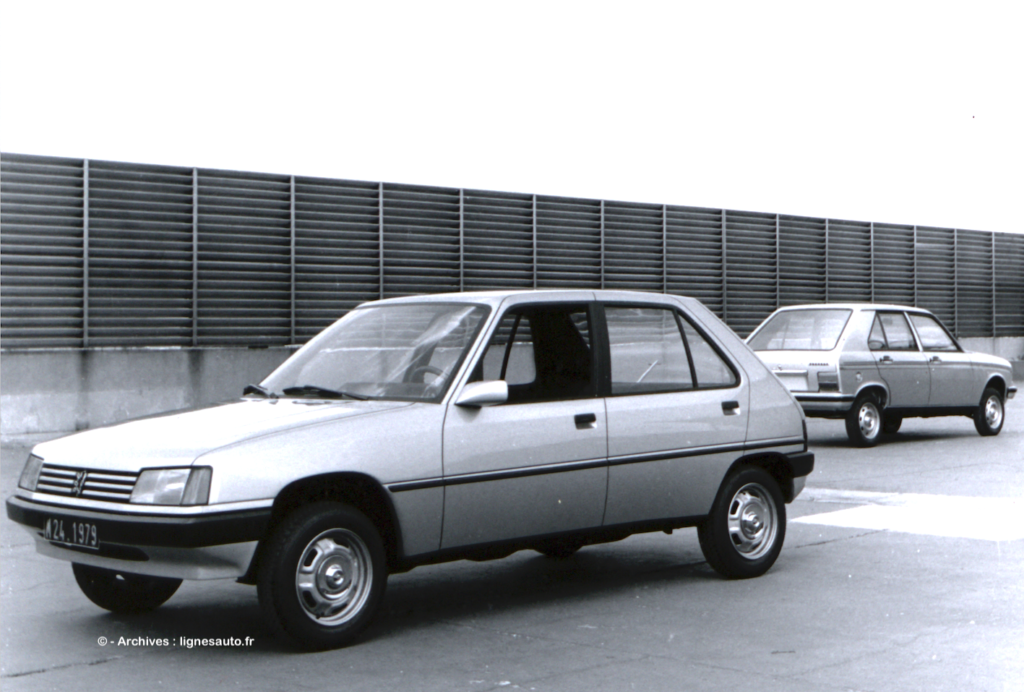
With the front compartment cleared, the technical team significantly modified the space under the bonnet in anticipation of the arrival of the XUD7 diesel engine. This diesel engine would join the range shortly after the 205 went on sale. If the diesel could fit under the bonnet, then the 1600 cc, 105 hp XU5J petrol engine would have no trouble fitting in too! And so the GTI version was made possible by moving the spare wheel to the rear. Hallelujah!
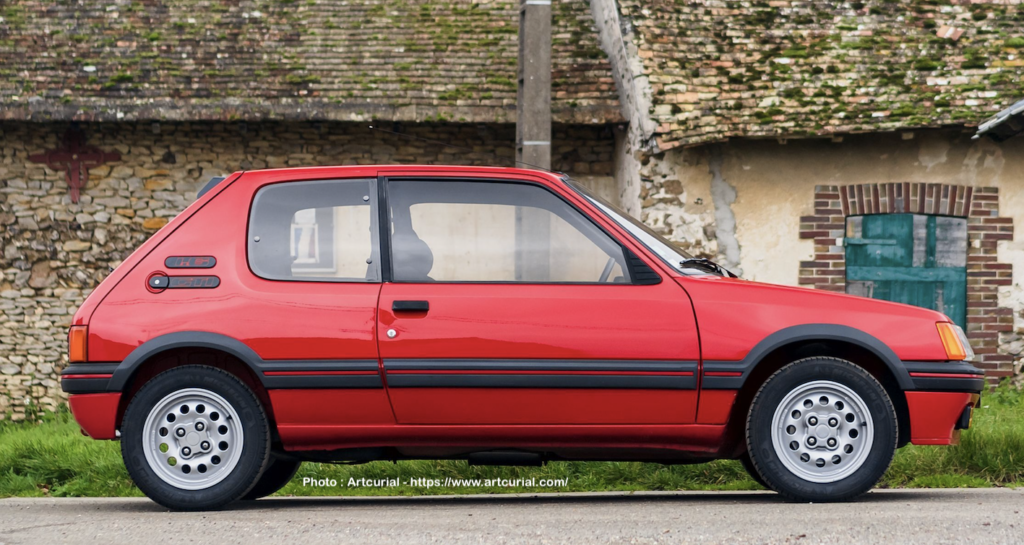
On 13 June, if you see the GTI logo on a distant descendant of the 1984 205 GTI, remember that it didn’t happen overnight. It was the result of a diabolical genesis that took the right direction thanks to some courageous men (Welter, Forichon, De Guibert and Boillot in particular) at a time when pressure was mounting on the shoulders of those responsible for the M24 project and on the PSA Group’s management. For the upcoming e-208 GTI (if that’s what it will be called…), the same strategic decisions were scrapped for many months before being revived with the arrival of the brand’s new boss, who was able to draw on the research previously carried out by the Peugeot teams. For that alone, we say thank you!

BONUS: Paul Bracq’s 205 Dodge
The 205 GTI also owes a lot to Paul Bracq and his interior design team: the red colour, of course, but also the instrument panel first seen on the 305 Phase 2, which was very compact and modern. However, Paul Bracq was much more than just Peugeot’s head of interior design.
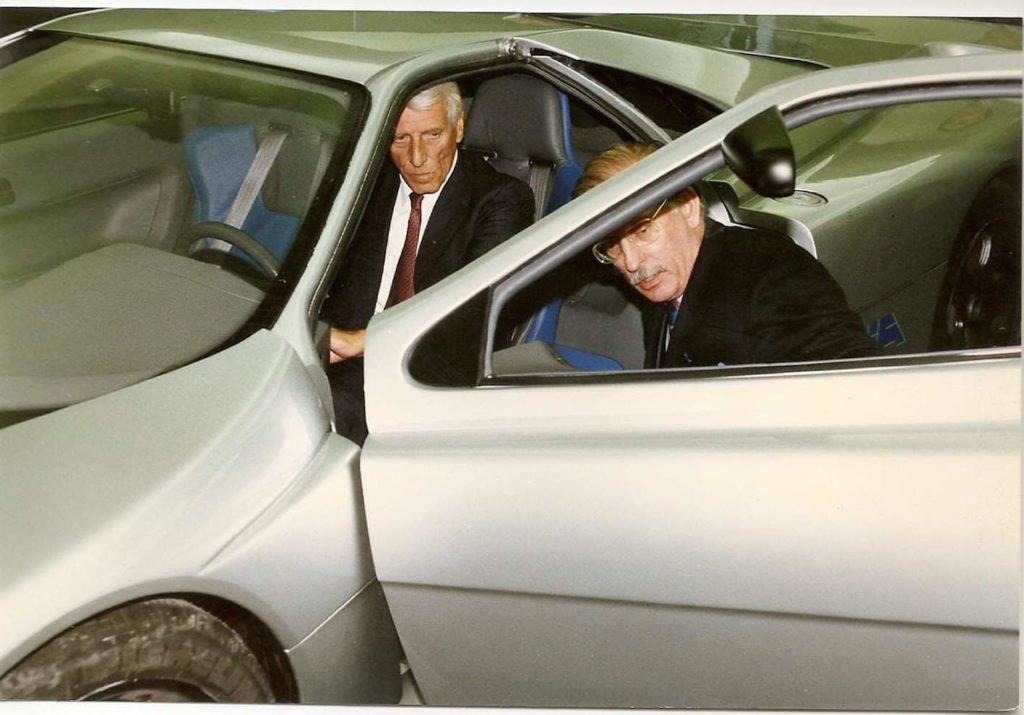
Bracq tried his hand at exterior design for a rather original programme. While the 205 was not yet on the market, Paul Bracq took on a surprising project. ‘At the same time as my work as interior design director, I was responsible for a Peugeot-Chrysler programme in the United States. This was based on the 205.’
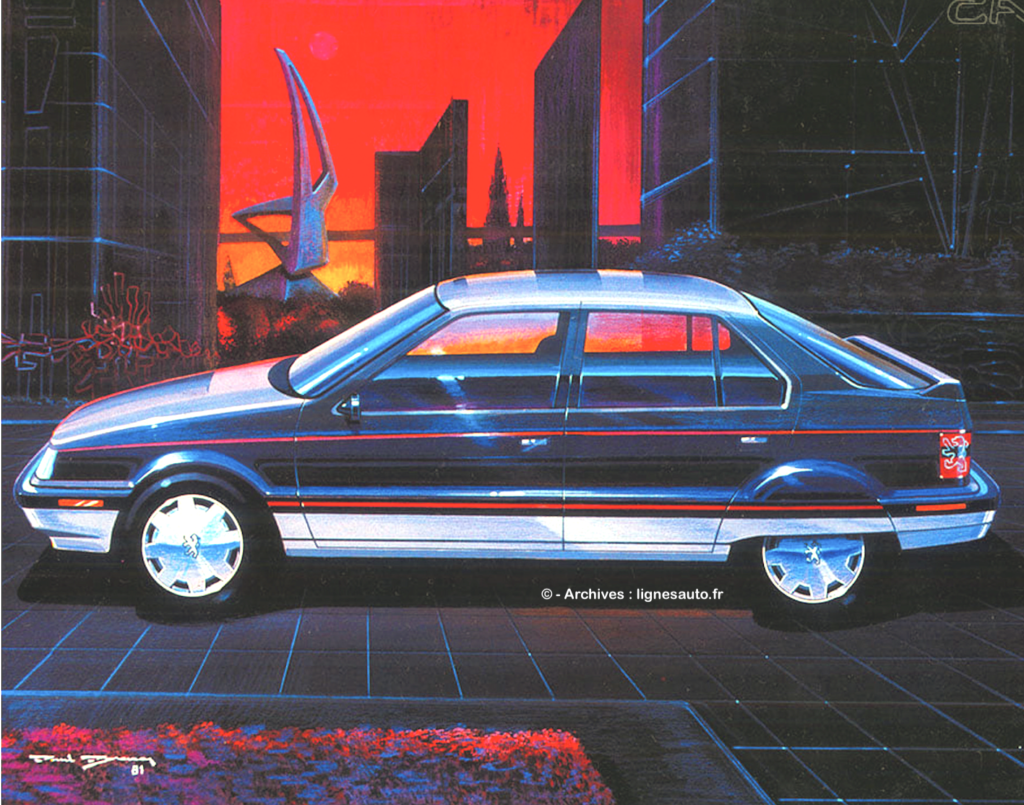
‘So I regularly travelled to Detroit to design a Dodge based on this future Peugeot. We had to blend American and European styling while retaining elements common to the 205. That was in 1981, and the project never came to fruition…’ It’s true that this Dodge grew in size and strayed considerably from the original 205. Paul Bracq also contributed to the success of every concept car he worked on, such as the 1984 Quasar with its red interior, the 1988 Oxia with its blue interior, and of course the extraordinary 1986 Proxima, which combined both colours. Paul Bracq and Gérard Welter, despite their contrasting personalities, worked together perfectly throughout their 20 years together.
BONUS: Project ‘J’
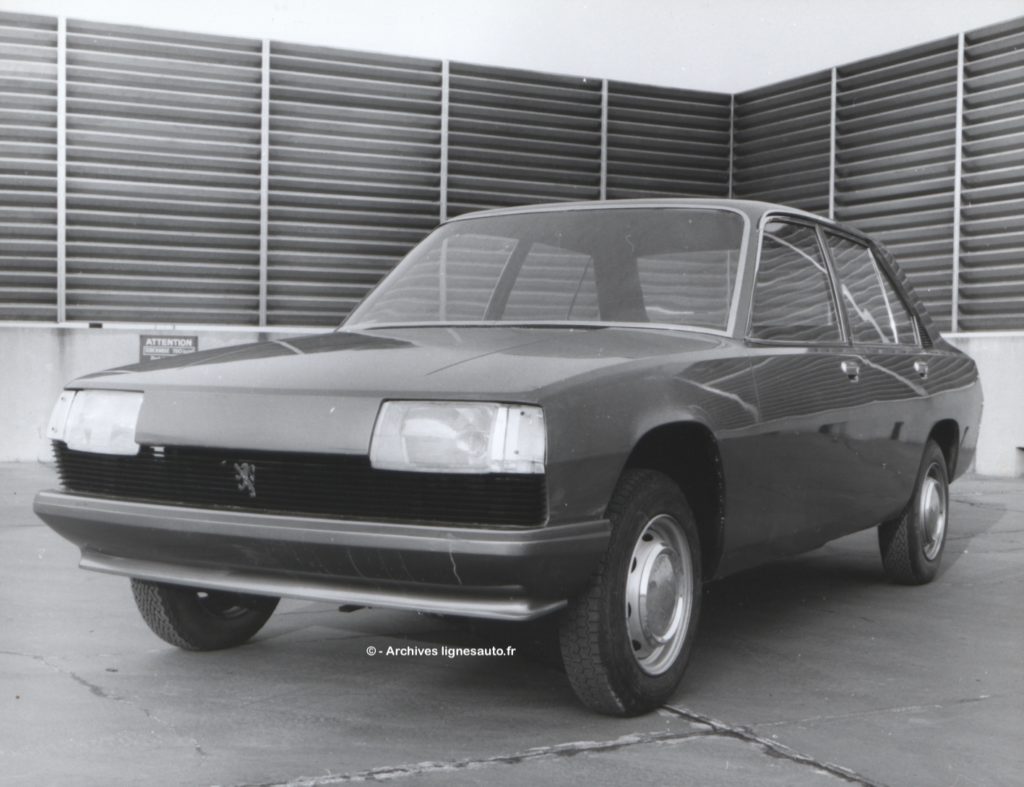
The epic story of Project J is detailed by our colleague Gilles Colboc, one of the few experts on this little-known Peugeot, in the book ‘Concept-cars et prototypes d’études Peugeot‘, in french and published by Éditions BJB. Here is a summary: the first letter of intent dates from October 1969. It was for a 4.30 m long, front-wheel drive car with an ambitious 9 hp engine. In March 1971, the specifications evolved into an 8 and 10 hp saloon, and the technical architecture added rear-wheel drive to the front-wheel drive versions.
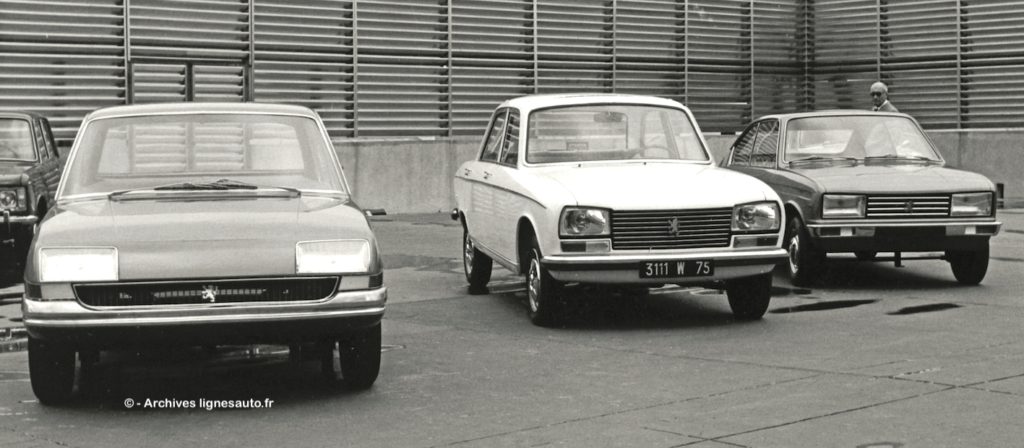
The project became more complex. In February 1972, the programme aimed to fill the gap in the range between the 104 and the 504 with its various body styles and technical architectures! It included a saloon (J18 then J23), a coupé (J20) which underwent two studies – a compact 4-metre model and a larger one to compete with the 4.30-metre Ford Capri and Opel Manta – a convertible and an estate (J21 then J24) and even a pick-up (J25). The engines were carburetted and/or fuel-injected, and the transmission was manual or automatic. The project became sprawling and too expensive, and was finally abandoned after nearly 10 years of development!
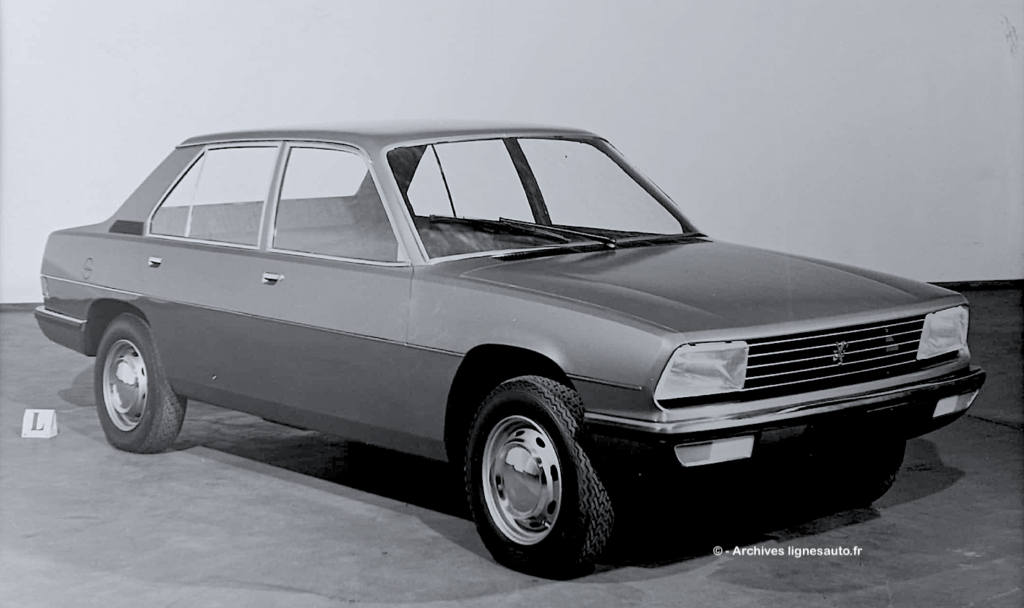
Relive the origins of the Peugeot 208 here: https://lignesauto.fr/?p=13936

